Canvas is one of the most commonly used fabrics. It has mainly found its audience among needlewomen engaged in cross-stitching.
- What is canvas
- Differences between canvas and linen
- Types of canvas and features of its use
- What does the canvas number mean? Russian and international classification of canvas "Aida"
- Selecting fabric for embroidery by manufacturer
- Embroidery technique according to the pattern
- Choosing a canvas for bead embroidery with a ready-made print
What is canvas
This is one of the types of fabrics used for embroidery. It is a cotton material made of thick, tightly woven plain weave threads. The warp and weft are interwoven in the material at a frequency of 6-12 threads per centimeter. The cells are very clearly visible on it, making it easy to insert a needle and create masterpieces.
Differences between canvas and linen
Canvas and linen differ primarily in convenience. If the first is very soft and flexible, the second is quite dense to the touch. The linen has small threads, so it is convenient to embroider with a half-cross, complex stitches, etc., but it still remains an amateur. The choice of colors for canvas is much wider, but the linen can boast of naturalness. The choice depends solely on the embroidery technique and the desired plot.
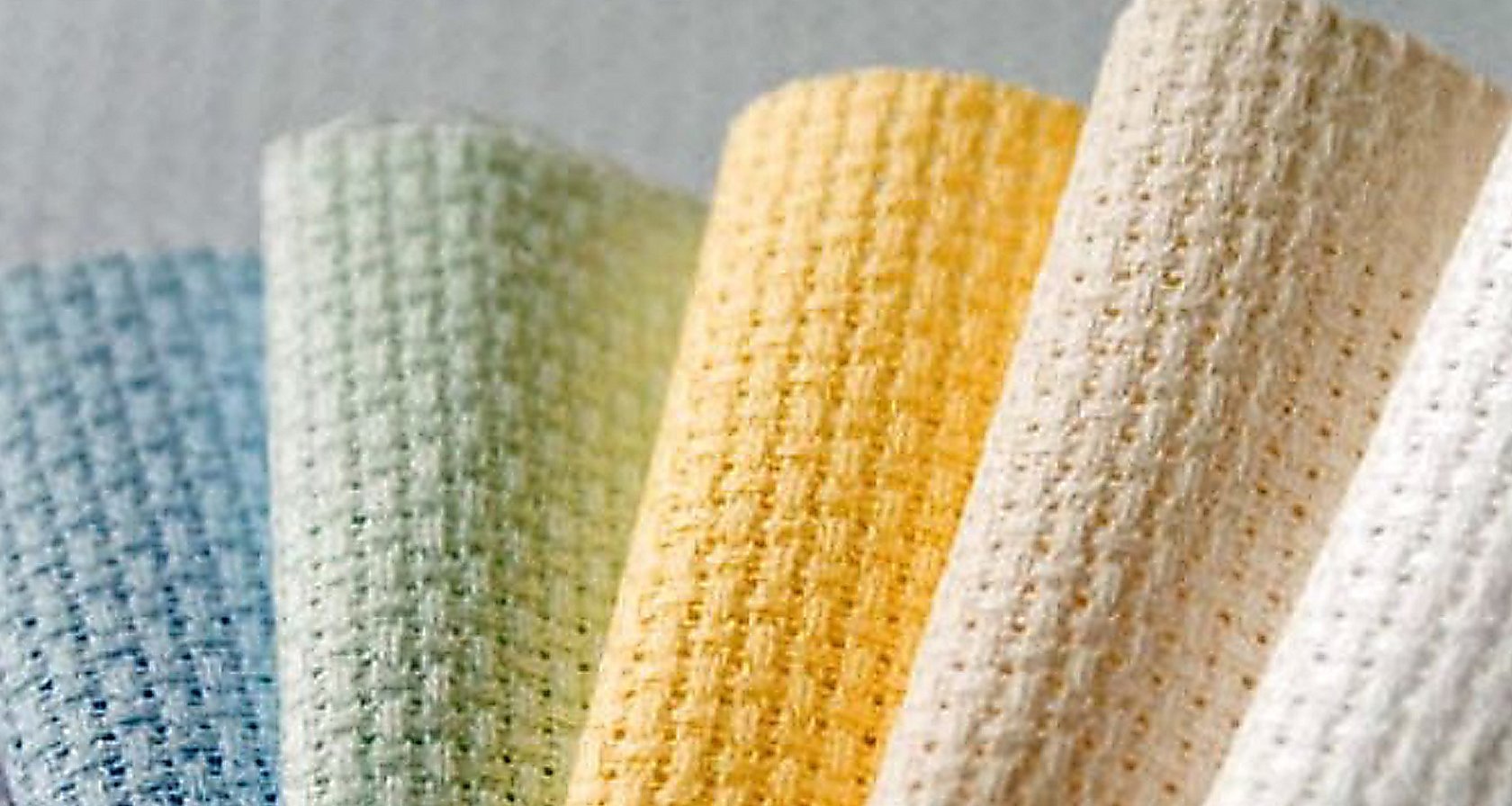
Types of canvas and features of its use
In order to choose the right material, you first need to know what it is and what each type is characterized by.
- Aida. This is the most common type of canvas, 100% cotton. Its special feature is the 4*4 thread weave. It is always easy to embroider on it and you get beautiful, even crosses. Aida has several sizes. This is the characteristic that people usually pay attention to when buying. The most popular representatives on the market are Belarusian, Hungarian and German Zweigart fabric. Of course, the latter is a level higher in quality than the others - embroidery on it never deforms.
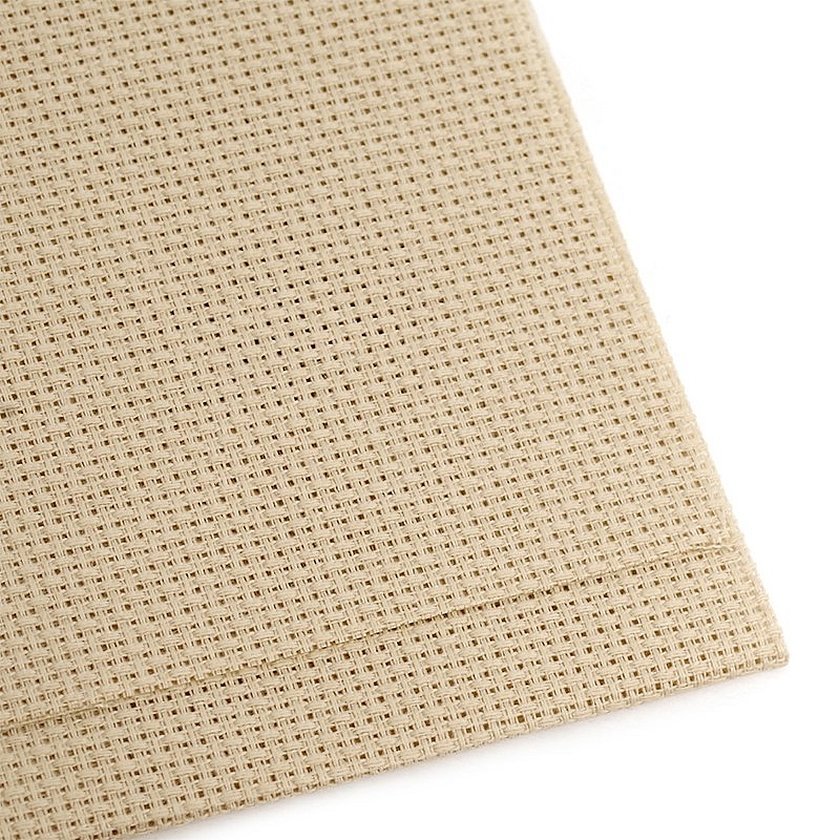
- Evenweave canvas. It does not have as clearly visible squares as Aida, but it produces stunning works, especially in cases where a large part remains unsewn (for example, napkins, tablecloths). The most popular evenweave fabrics are:
- Murano — 48% viscose and 52% cotton. It is better to embroider on it using the cross, satin stitch, stitches, ideal for embroidery of clothes. Manufactured by Zweigart;
- Lugana 25 — the same composition, the weave is 25 threads per inch. When releasing this canvas, Zweigart assumed that it would be ideal for embroidering tablecloths, napkins, pillows and other elegant things. You can find it in Janlynn kits;
- Linda 27 — 100% cotton, 27 threads per inch. The fabric is lightweight, drapes well, making it ideal for clothing and home textiles. It is a budget alternative to natural linen. It is found in Heritage and LanArte sets.
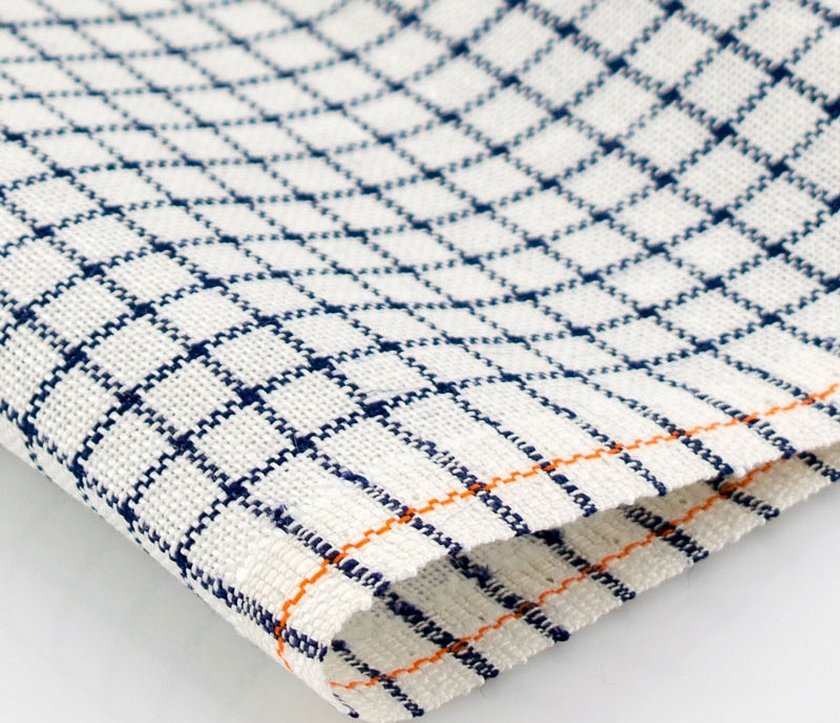
- Linen. A durable, natural and noble fabric. Smooth in appearance, very multifunctional in work, but heavy. Used for embroidery of clothes, paintings, and home textiles. Suitable for popular types of embroidery: cross stitch, stitches, hardanger. Linen also has its own classification:
- Cork 20 - 18 threads per inch. Has a modest palette of colors and is intended for embroidery through one thread;
- Dublin 25 - 25 threads per inch. Ideal for those just starting their acquaintance with linen;
- Cashel 28 - 28 threads per inch. The most popular type of linen, similar in appearance to Aida 14;
- Belfast 32 - 32 threads per inch. Allows for greater detail in the painting;
- Edinburgh 36 - 36 threads per inch. When working through 2 threads, it is equivalent to Aida 18;
- Newcastle 40 - 40 threads per inch. Suitable for very detailed work.
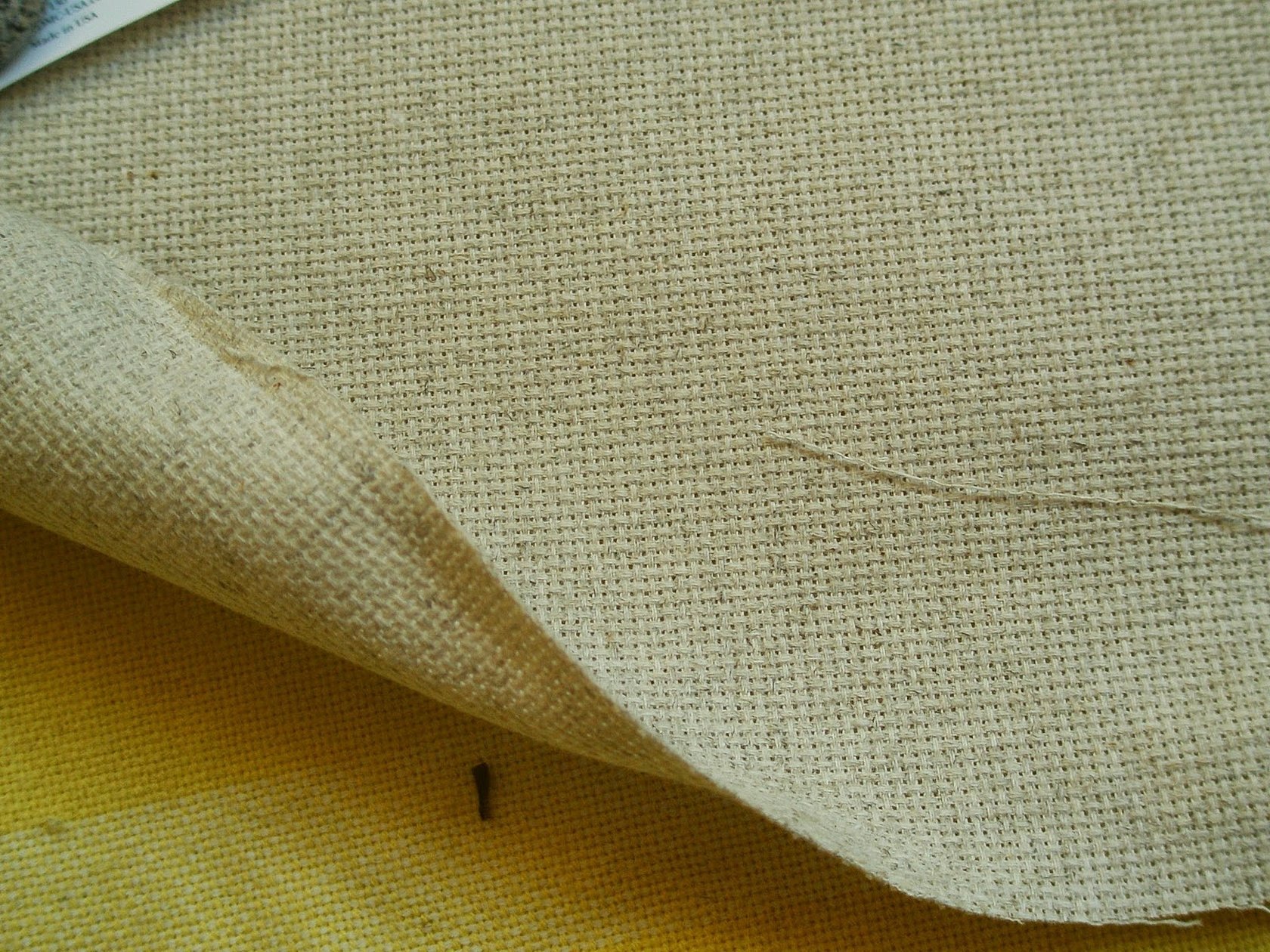
- Mixed linen. It is produced with an admixture of other fibers, which significantly reduces the cost of the fabric.
- Stramin. Used for tapestry embroidery (often used for pillows, found in Dimensions sets) and carpet weaving. It feels dense and hard, with a mesh structure.
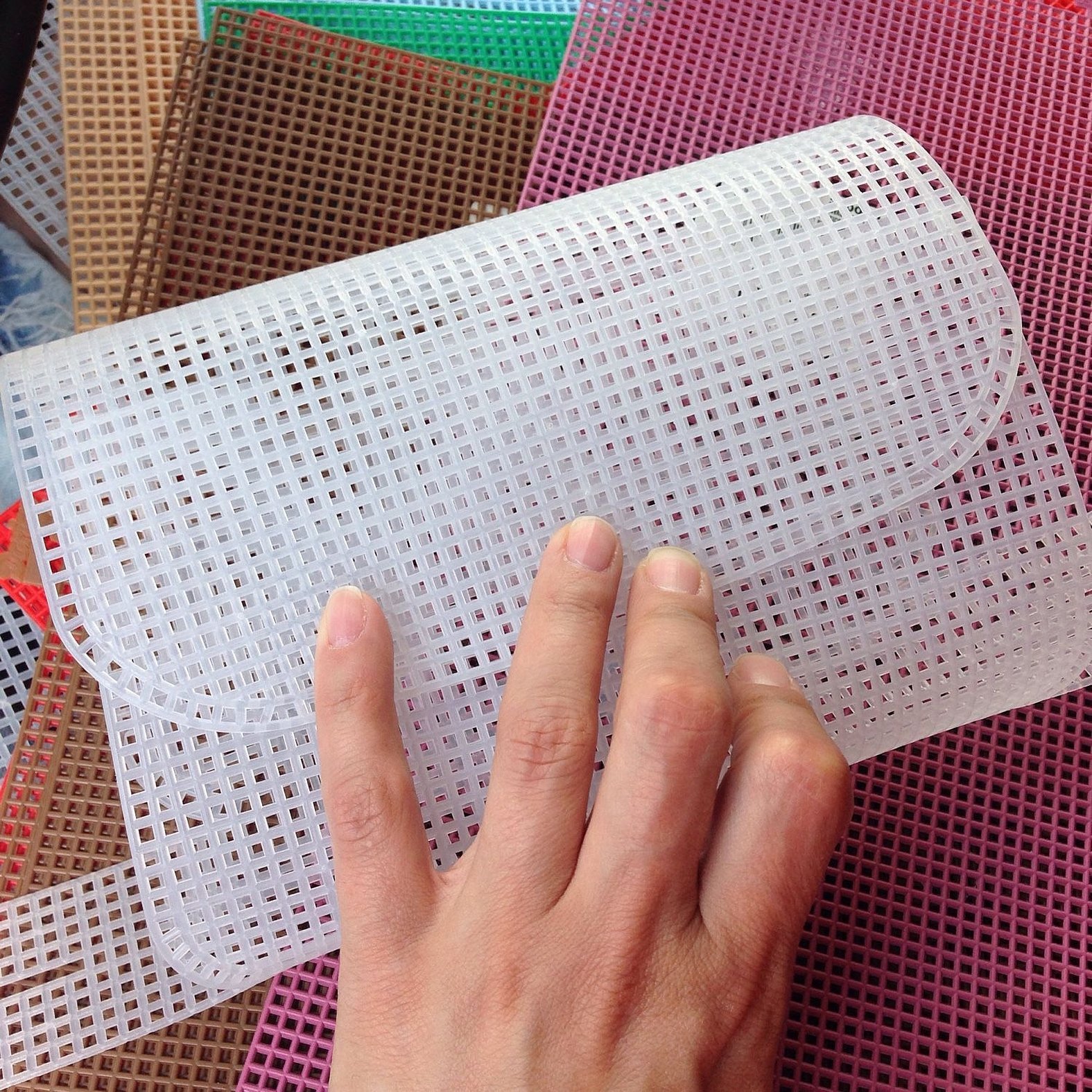
- Plastic. This canvas is very dense and holds its shape perfectly. It is used for embroidery of souvenirs, postcards, Christmas tree decorations. Often, products require figured cutting, in which the edges on this fabric do not crumble at all.
- Vinyl. Similar in properties to plastic, but more flexible. Often used for embroidery of bags, clutches, purses, document covers, etc. Most often corresponds to Aida 14 in size.
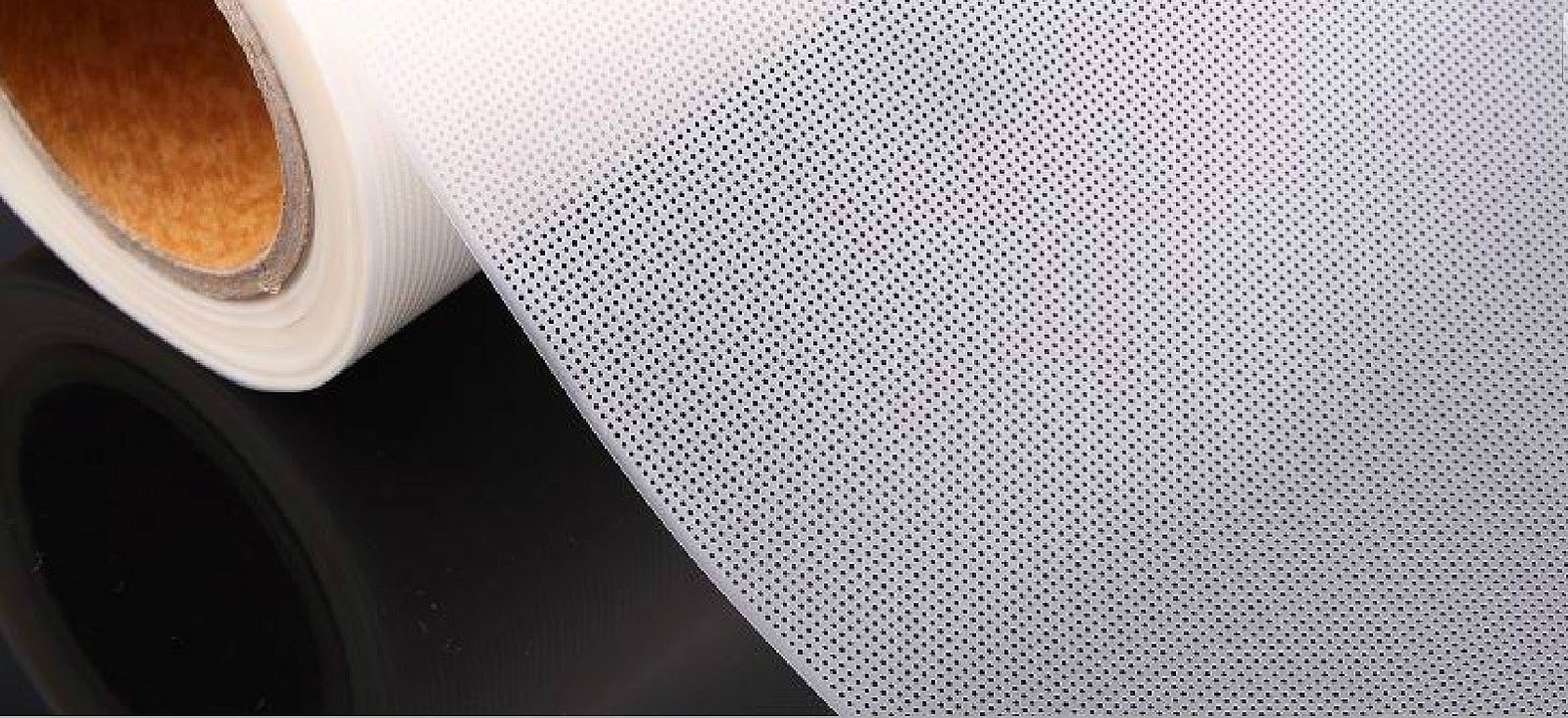
- Overlay (removable) canvas. It is used on fabrics whose weave does not lend itself to embroidery. It is placed on the product (most often dresses, T-shirts, bags and other items not intended for embroidery), the desired pattern is embroidered on it, and the threads are pulled out at the end of the work. The sizes of such canvas are 8.5, 10, 14 or 18 cells per inch.
- Water-soluble. Canvas is very close to overlay with one exception - it dissolves well in water. It is enough to place the product in very warm (about 40 degrees) water for 10 minutes. The canvas will come off the fabric, and the drawing will remain.
Important! You should only embroider with threads that can withstand high temperatures and do not fade.
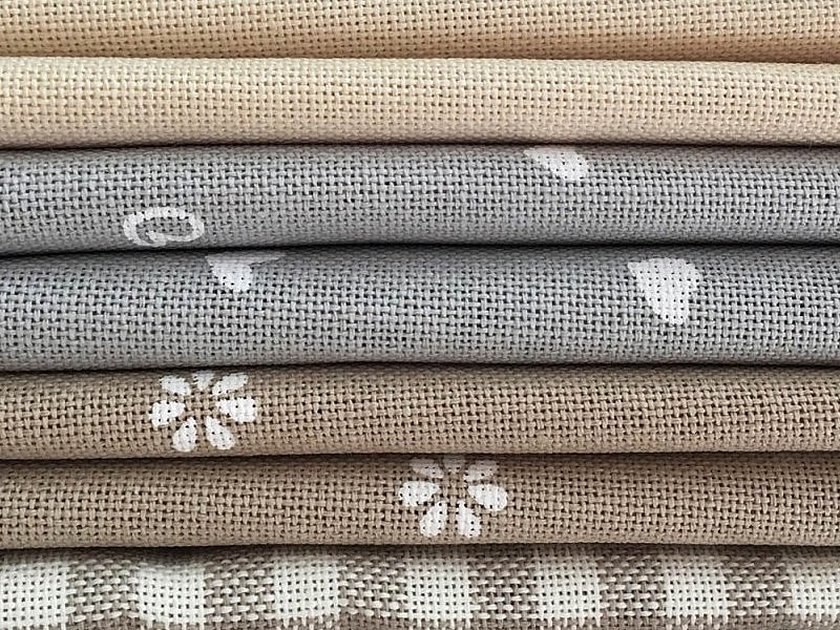
- Perforated. This canvas can be paper or wood. Suitable for embroidering some interior decorations.
- Silk. As strange as it may sound, it is used as a canvas, but rarely. There are 24-112 threads per inch. Silk is best suited for micro embroidery.
- Designer. This canvas allows you to embroider without sewing the background. It can have patterns, stains or even some kind of drawing. Works on such canvas look extremely beautiful.
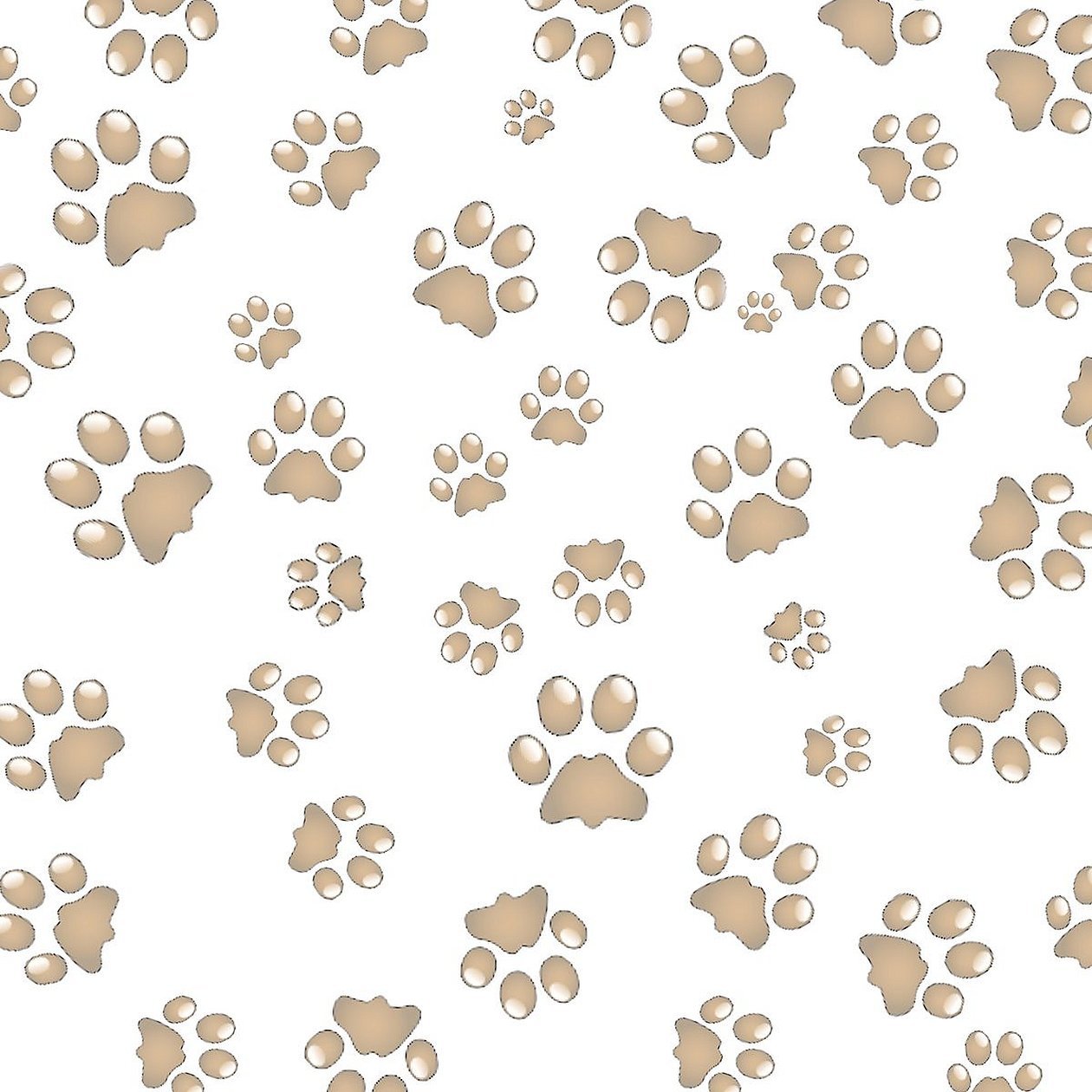
What does the canvas number mean? Russian and international classification of canvas "Aida"
Since Aida is the most common type of canvas, its choice receives the most attention. Depending on what kind of work will be done on it, there are several classifications:
- Aida 7 (7 cells per inch/2.7 cells per centimeter). Canvas with a very large cell, easy to work with, mainly suitable for those who are just learning embroidery or for children;
- Aida 11 (11 cells per inch/4.4 cells per centimeter). Suitable for embroidery of simple patterns. You can embroider covers, tablecloths, etc. on such canvas.

- Aida 14 (14 cells per inch/5.5 cells per centimeter). The most popular canvas, which is used in most embroidery kits.
- Aida 16 (16 cells per inch/6.2 cells per centimeter). This canvas makes the embroidery more realistic and is not visible when working in 2 threads.

- Aida 18 (18 cells per inch/7.2 cells per centimeter). A small canvas, when working with which it is better to take a magnifying glass. Pictures look gorgeous on it, and you can see the amazingly worked out detail.
- Aida 20 (20 cells per inch/7.9 cells per centimeter). On such canvas, the embroidery process may be very painstaking and can only be done with tapestry stitch. Ideal for jewelry embroidery.
If the international classification uses the number of cells per inch in the name, then in the Russian classification it is cells per centimeter, i.e. Aida 14 - Aida 5.5.
Selecting fabric for embroidery by manufacturer
The market offers quite a large range of canvas manufacturers. The most popular today are Belarus, Hungary and Germany. The first one is very soft in its properties, but at the same time it is prone to deformation after a discount, the second one is hard, which is not very convenient to work with and does not look nice, the third one is the option that you should give preference to without hesitation. The most popular world German manufacturer is Zweigart. A huge variety of fabrics, amazing quality, wear resistance.
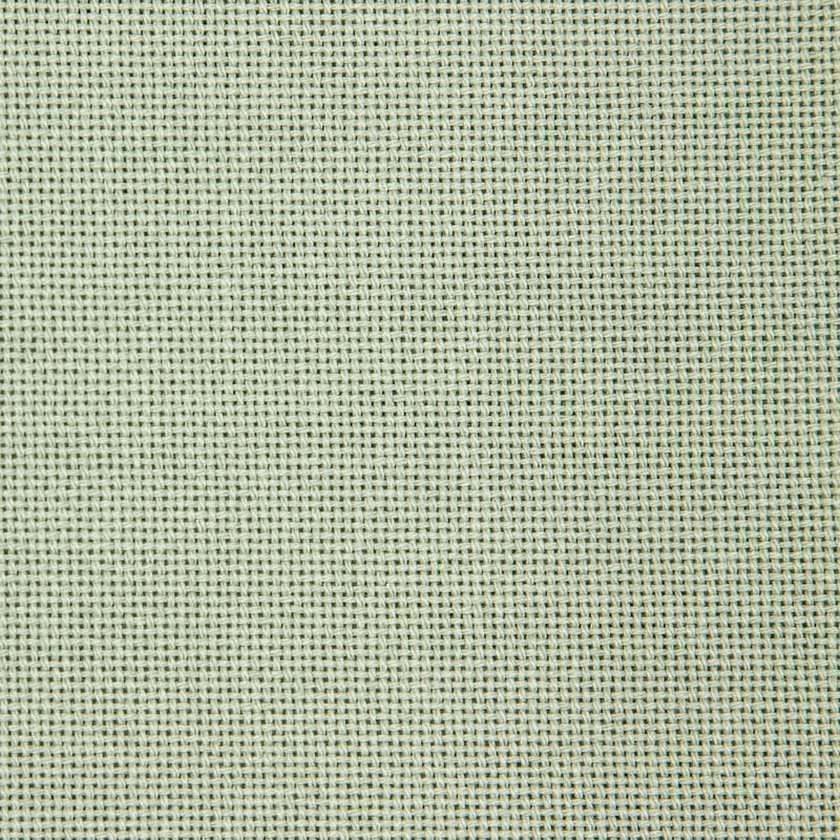
Embroidery is a very complex and painstaking work, so in order not to devalue your work, it is recommended to initially take good materials.
Embroidery technique according to the pattern
Needlewomen usually embroider in several ways. This can be work on a ready-made design applied to the canvas, or embroidery on a paper or electronic pattern. This type of embroidery is also called "counted cross". It is much more difficult than working with an applied pattern, but the result is much more amazing. The pattern usually consists of many signs. One sign on the pattern = one cross on the fabric. Most often, Aida 14 is used for this type of work, less often Aida 16 and 18.
Choosing a canvas for bead embroidery with a ready-made print
Historically, it has happened that beads are embroidered according to patterns that are already applied to the fabric. The standard size of beads is marked No. 10. This size can only fit well on Aida 14.
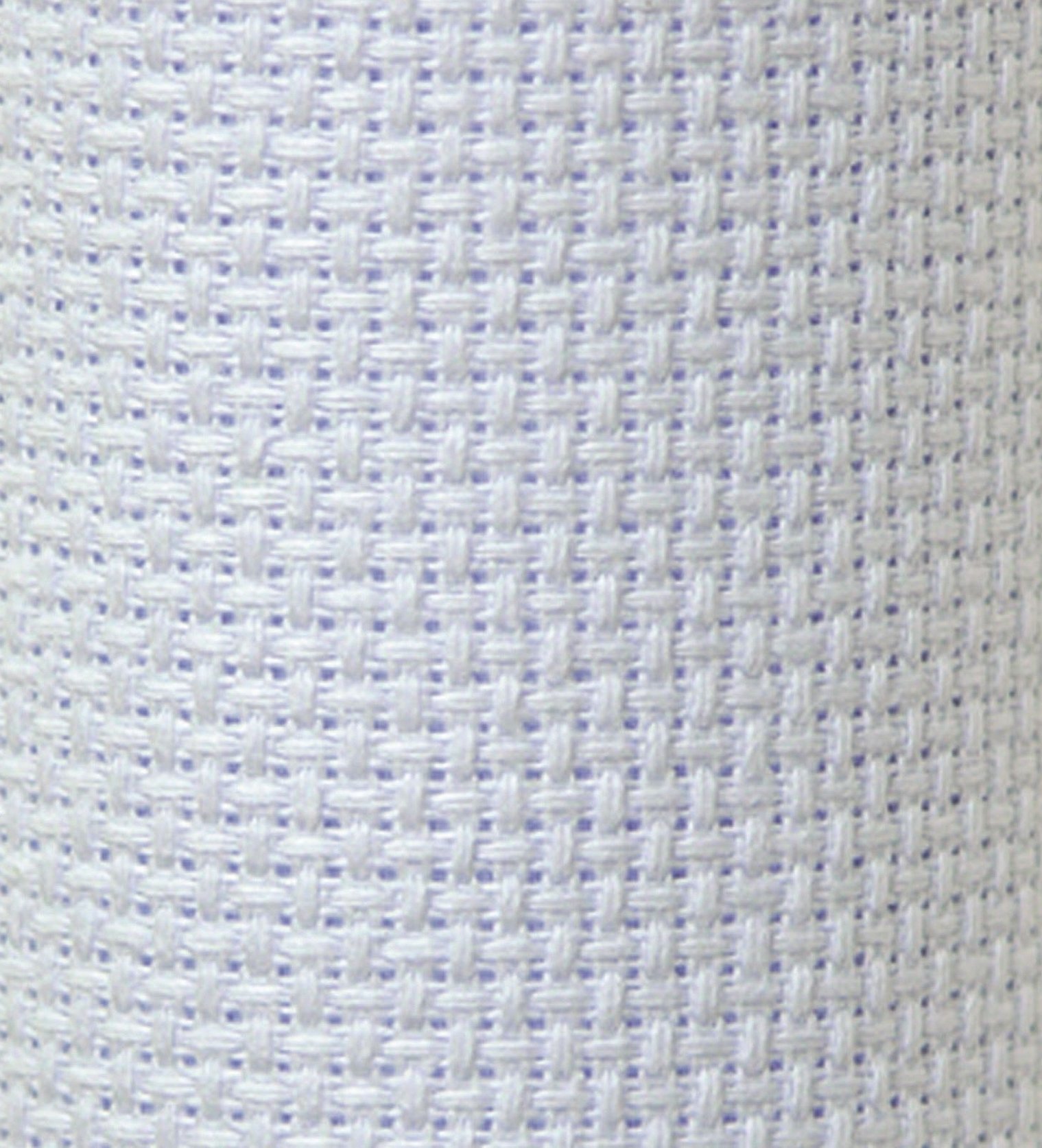
Canvas fabric is an indispensable companion for absolutely any needlewoman. The main thing is to learn how to correctly assess your needs and choose the right fabric based on them. On the Internet, you can find a large number of photos of canvas fabric in good quality, which will also fully help in choosing. To begin with, in order not to miss too much, you can buy small pieces of canvas and experiment.




